New Campagnolo Levante wheelset targets gravel racing and bikepacking
It’s a big ask to design a wheelset for both the startline and multi-day tours – but Campagnolo has given it a go.
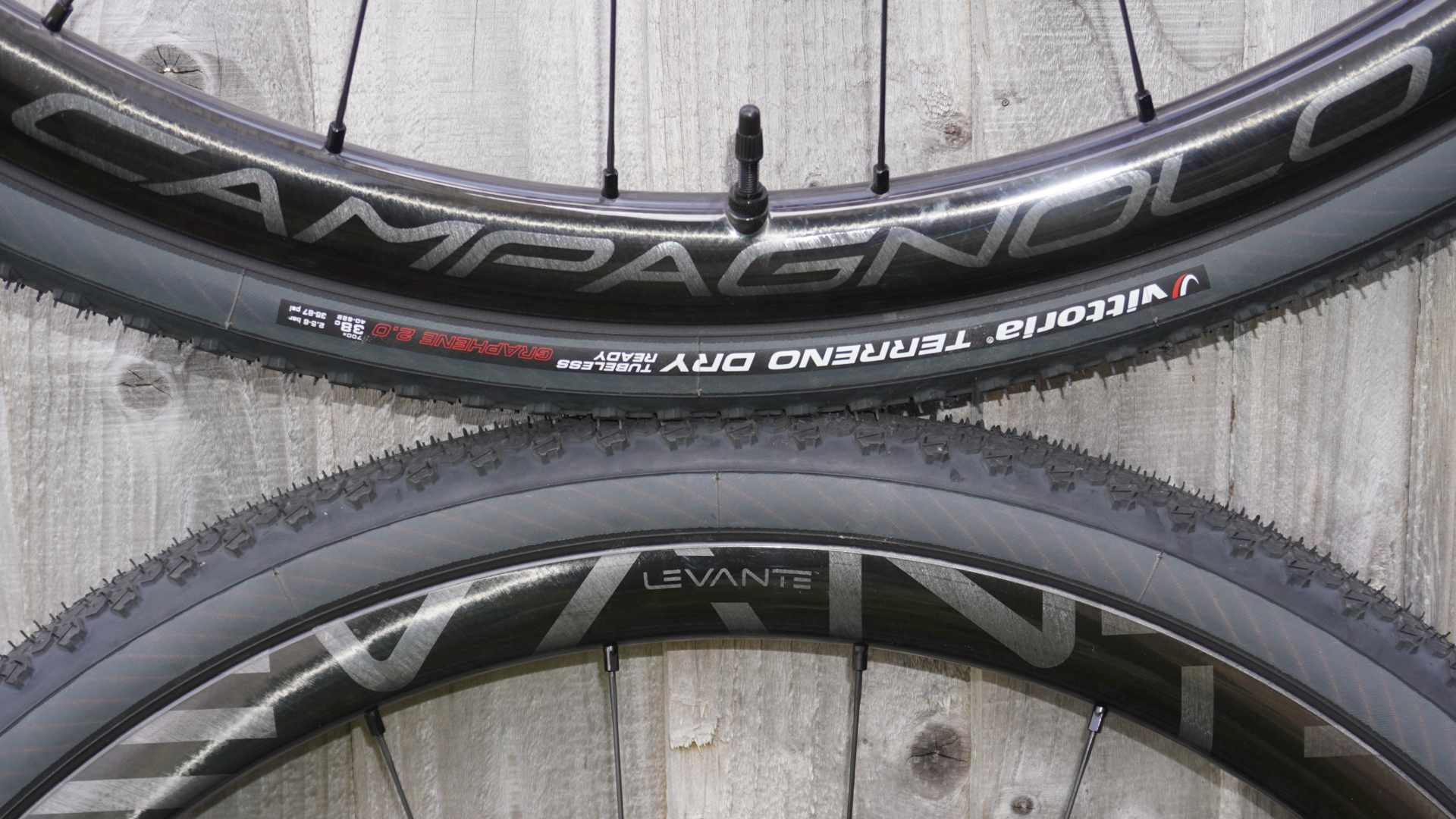
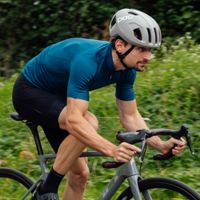
Campagnolo has just released its first dedicated gravel wheelset, the Levante. The wheels come with bold claims of racing performance, intermixed with considered thought about the durability and serviceability – the wheels also promise to be dependable enough for long bikepacking trips.
Now, it wouldn’t be a release from Campagnolo without at least a partial view to the aesthetics. The laser-etched graphics with a mirror-like C-LUX finish certainly don’t disappoint, but more on those later.
Priced at $1,899.95 / £1,349.99, the cost isn’t astronomical. Of course, that’s by no means cheap, but it is around half the price of Campagnolo's Bora Ultra performance road wheels that were released last year – so it's less than it could have been.
We’ve had a set in to test, so continue down for our first ride review. Just before that, let's take a look at the tech, starting from the rims and working our way in.
The rims
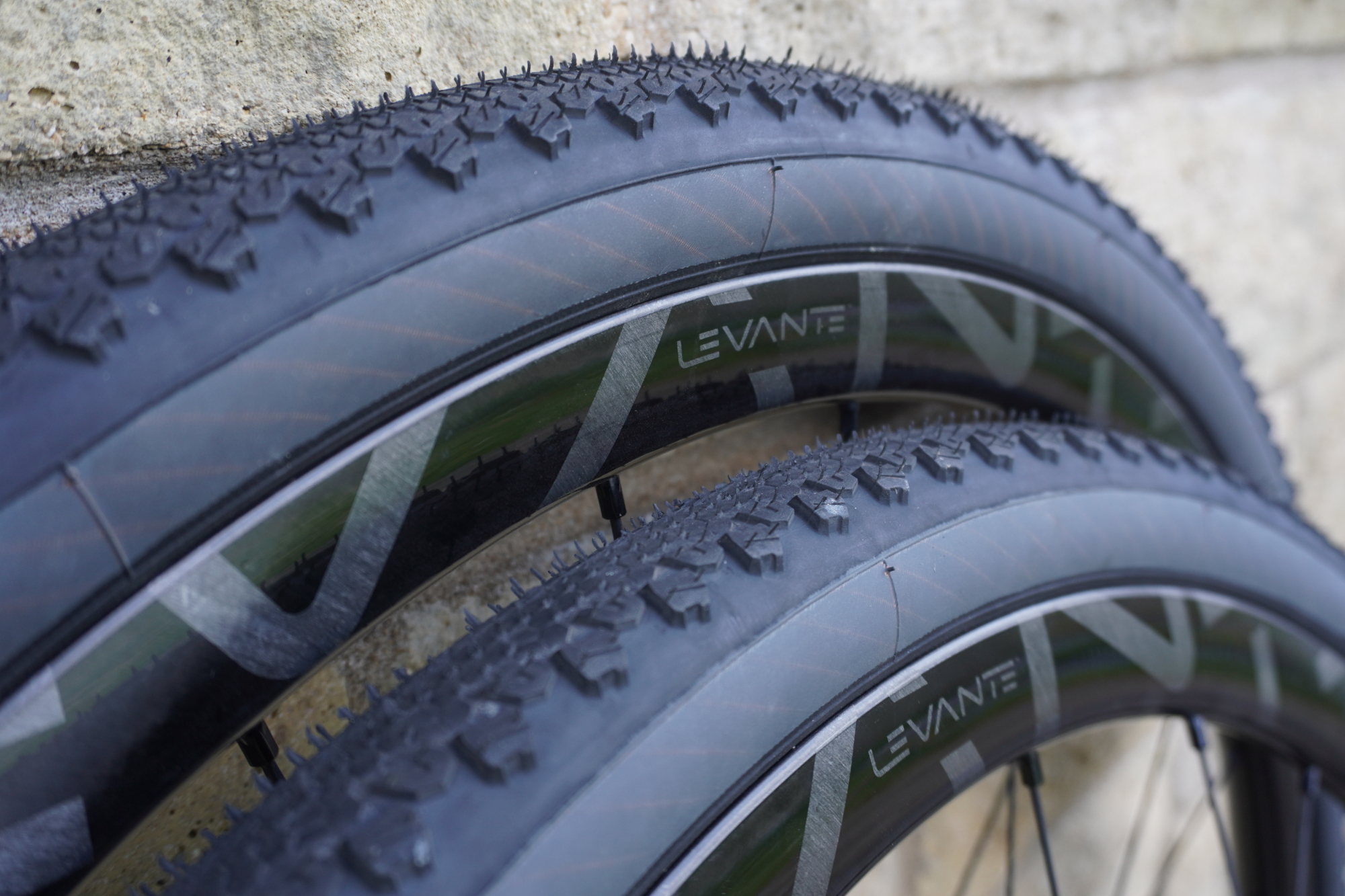
Now, the laser etching of the logos might not be the most functional aspect of the rims but it's pretty neat, so well worth more than a moment’s reflection.
Aware that stick-on decals don’t stand up long against the dirt, grime and the more frequent washing gravel wheels are subject to, Campagnolo has gone for a process which makes the logos an indelible part of the rims.
The graphics are laser etched onto the rims and given the Campagnolo Luxury (C-LUX) finish – which is smooth enough that there’s no need for an additional coat of lacquer, saving a few more grams from the wheel.
The latest race content, interviews, features, reviews and expert buying guides, direct to your inbox!
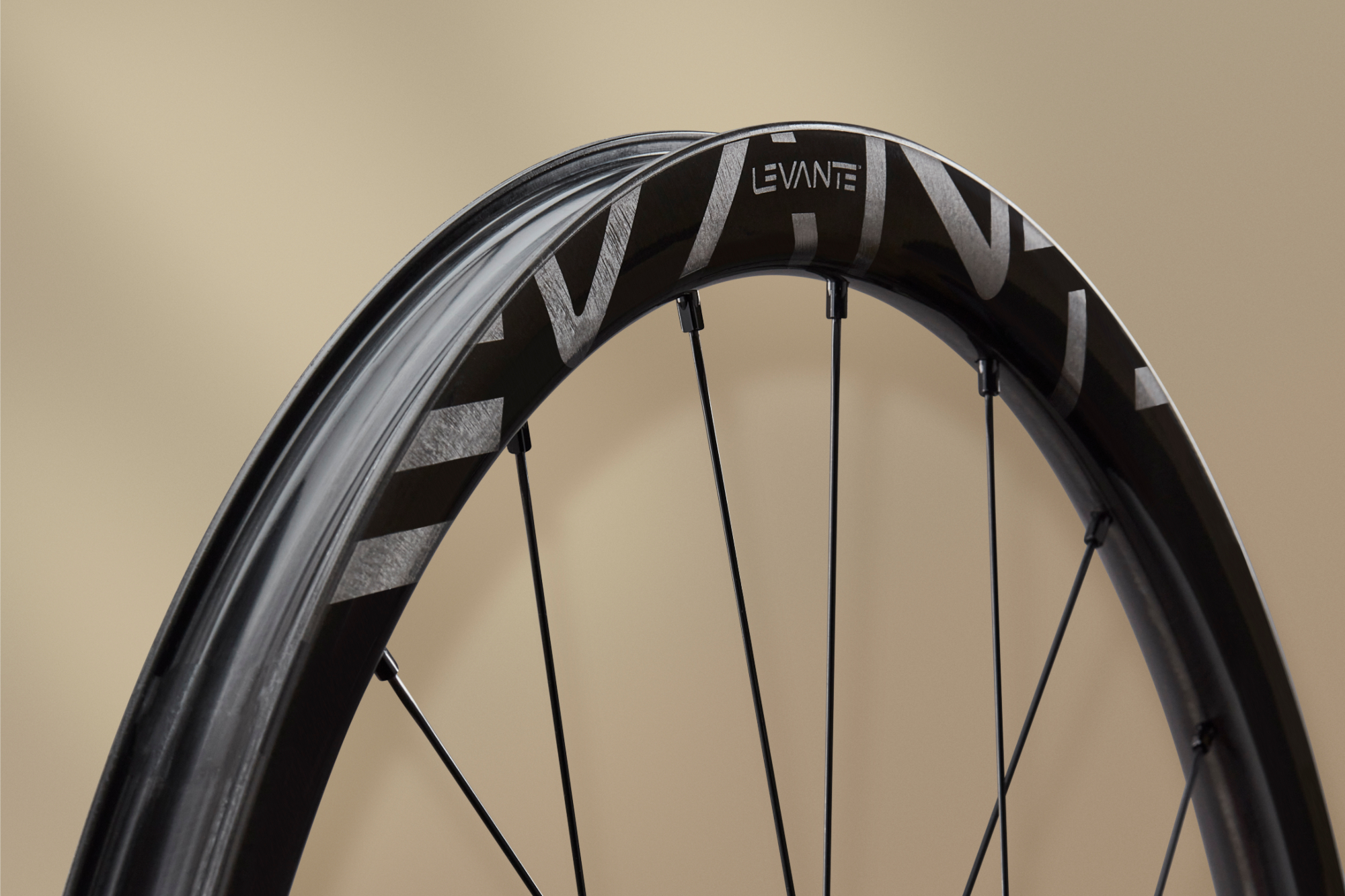
Coming now to the construction, Campagnolo has used its Hand Made Ultra-Light Carbon (H.U.L.C), that has had the balance of carbon and resin optimised for what Campag claims is the “perfect blend of strength, stiffness and light weight”, contributing to the stated weight of 1,485g.
Porting over tech from other wheels in Campagnolo’s ranges, the Levante wheels feature the ‘Mini-Hook’ technology. This combines the benefits of lighter weight and simpler construction that hookless rims provide – but whilst still retaining compatibility with all tyres.
Also, with the completely sealed rim bed, there’s no need for rim tape to set the wheels up tubeless.
In terms of the dimensions, the wheels have a 30mm depth and a wide 25mm internal rim width. Whilst some other brands would be happy with tyres of down to 28mm being used on that internal width, Campagnolo conservatively recommends a minimum width of 38mm – going up to a whopping 78mm or 3.0 inches.
The spokes
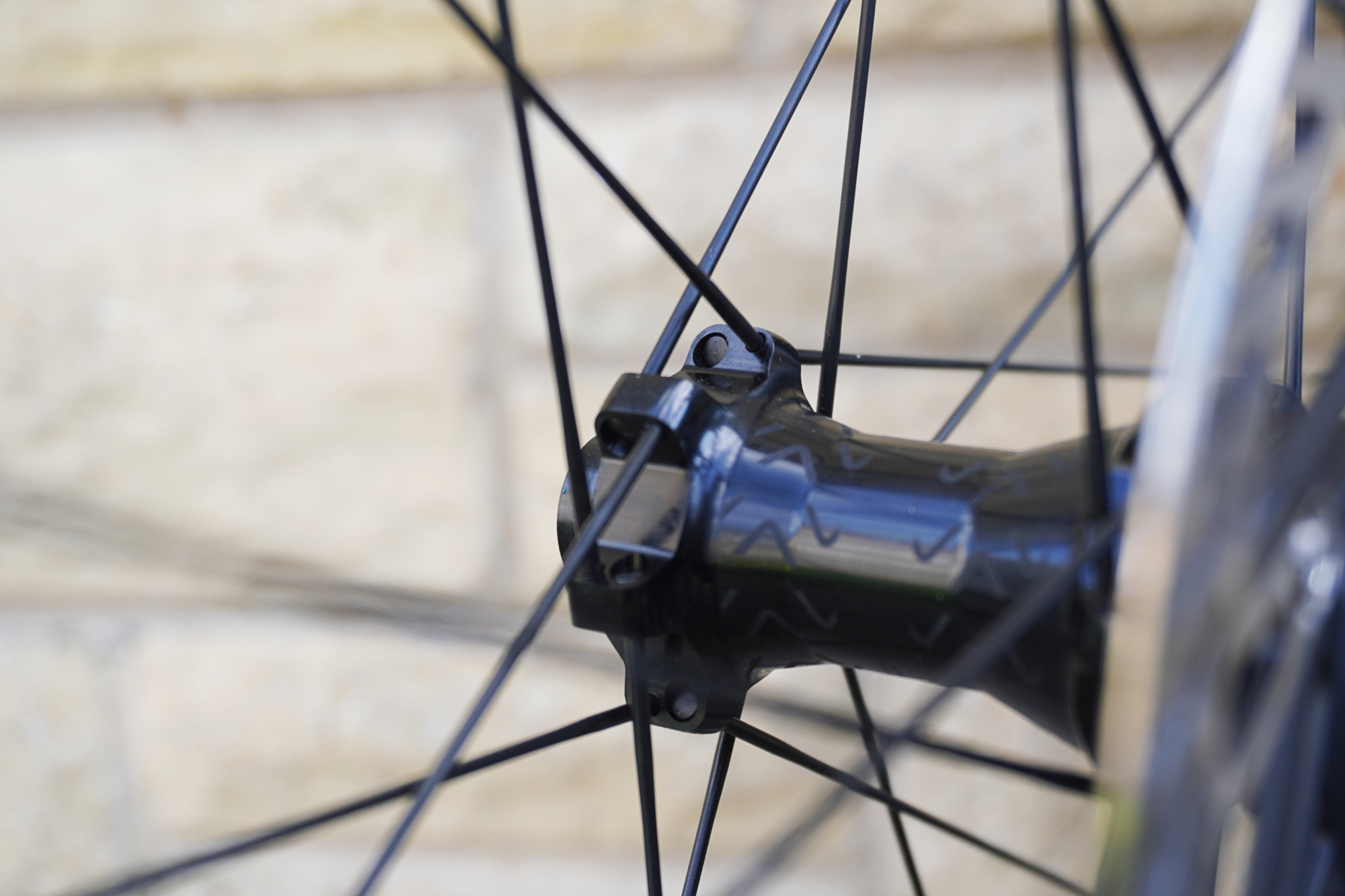
Some of the most visible nods to the serviceability and durability shine through in the spokes. First is the external nipples – perhaps a given from other brands, but Campagnolo has been hiding these out of the airflow on a range of its wheels. Second is the simple two-cross lacing pattern, making replacing a spoke a more straightforward experience.
The spokes themselves are round and straight-pull. On some wheels, this can be an unfortunate combination as the spokes can simply spin in the hole, rather than tighten. But the spokes Campagnolo have used have flattened sections near the nipple. I’ve not tried adjusting the tension, but I’d imagine with that you would be able to gain enough purchase to still tighten the spokes, if they were to start spinning.
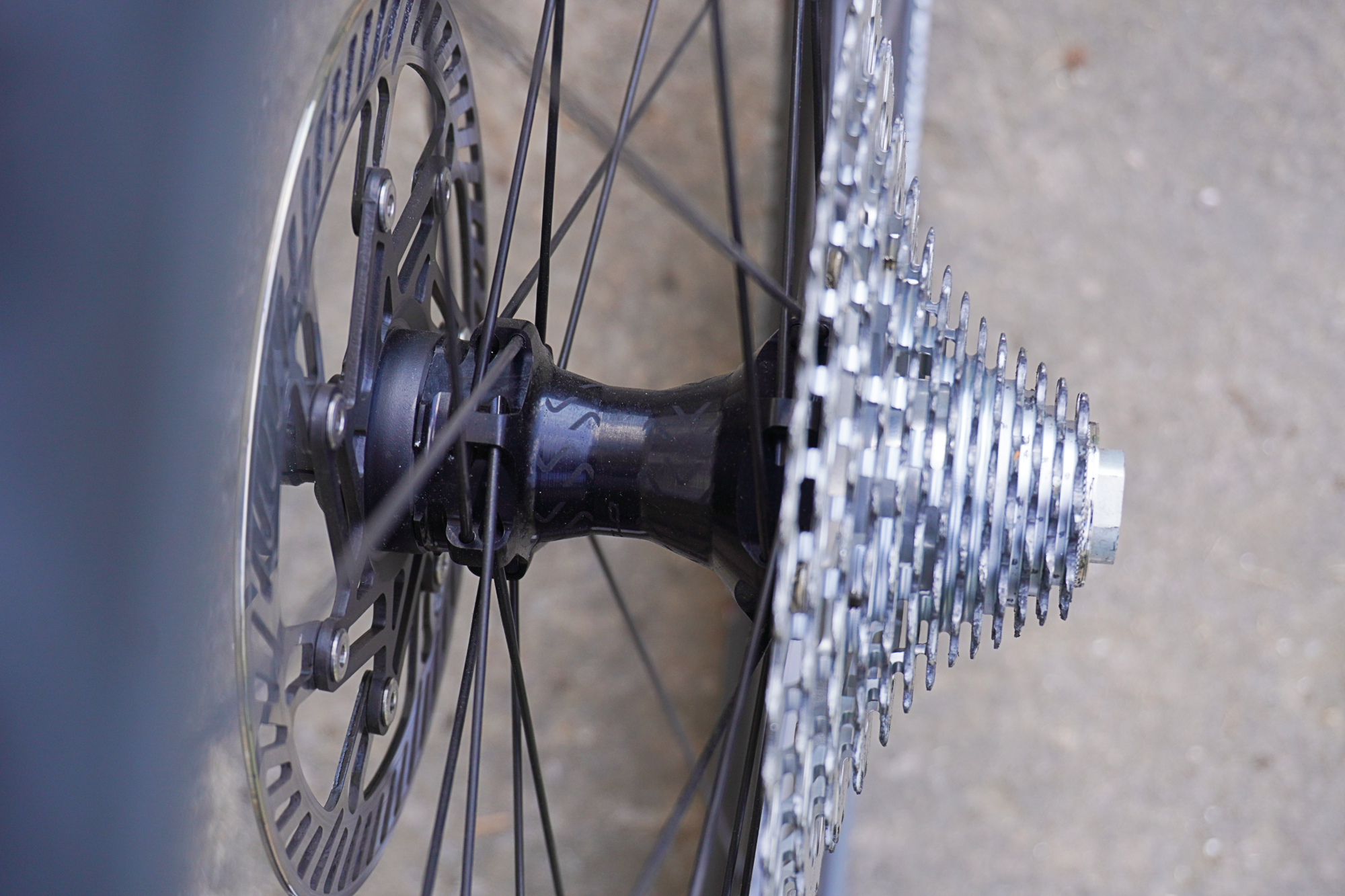
Straight-pull might not be as ubiquitous as J-bend, but they are increasingly common. If you were to break one mid trip, you shouldn’t have too hard a time finding a replacement. Anyway, seat posts make a perfect location to store spares and they don’t weigh much, so there's not too much of an excuse for not bringing your own for those kind of rides.
Another benefit of straight-pull is that you don’t have to take off the cassette to replace spokes on the driveside of the rear wheel. If you’re not in the habit of taking your chain whip with you on bikepacking trips, that can be a great help.
The hubs
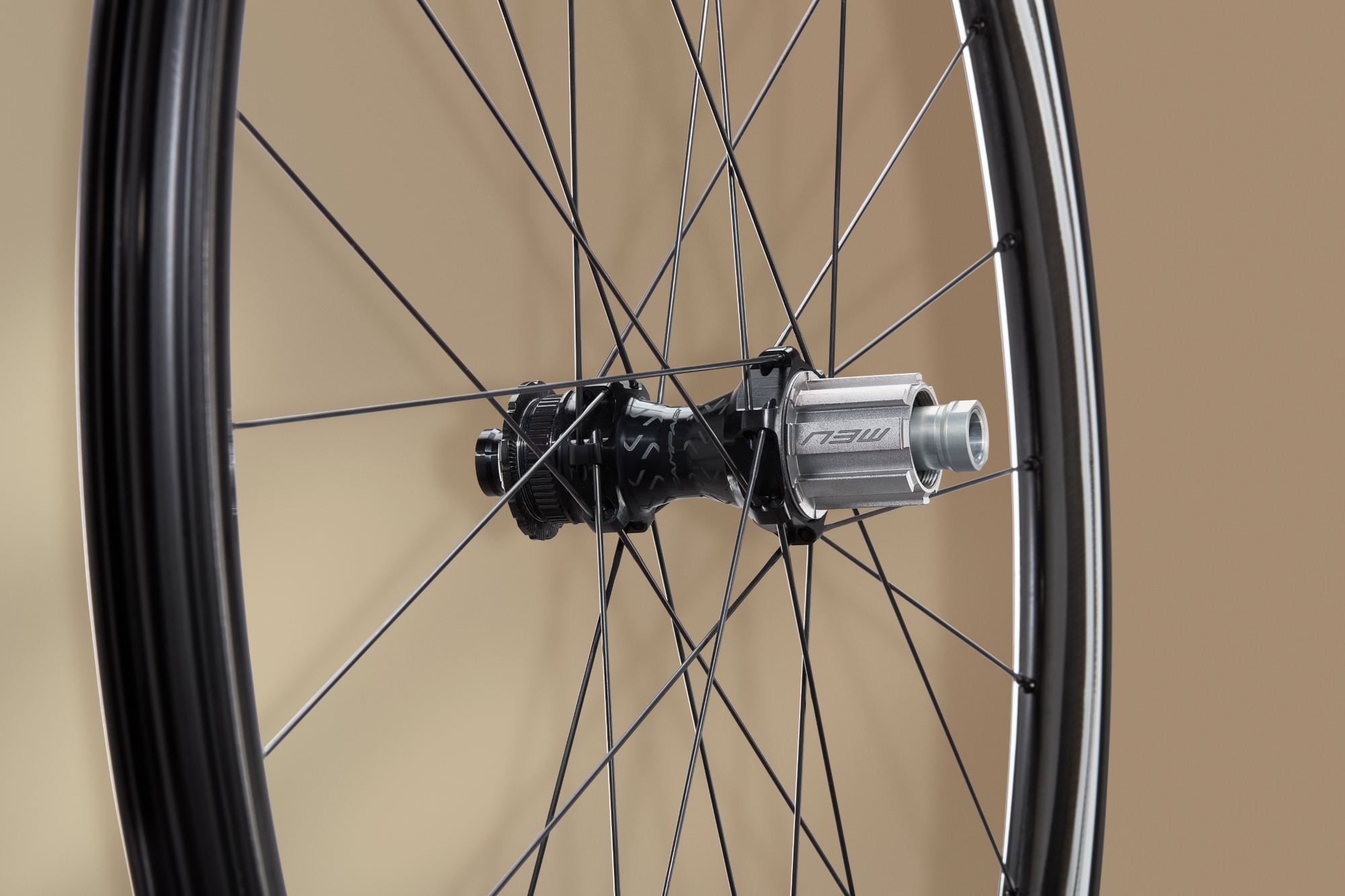
The hubs use cup and cone bearings, which is something of a rarity these days as most brands opt for sealed cartridge bearings.
There are pros and cons to each system, cup and cone is easy to service, requiring just a couple of spanners. Replacing cartridge bearings, on the other hand, requires more specialist tools (i.e. a bearing puller and drift of the right size).
That said, if you neglect your cup and cone bearings and ride on them without the right amount of preload, you can end up damaging the bearing race, which would require the replacement of the whole hub.
If you neglect cartridge bearings your wheel will feel pretty ropey, but the damaged set can just be taken off, chucked away, and a fresh set put on all good as new.
The Levante wheels are available with freehub options for Campagnolo, SRAM, and Shimano, with swapping between them being tool free.
The ride
I haven’t yet put hundreds of kilometres into the Levantes, but first impressions are very good: they’ve felt fast to accelerate and have held their speed well on flatter sections. Putting in some sprints, the Levantes didn’t feel at all flexy, whilst still not feeling wooden or harsh over more chattery bumps.
That said, with the cushion provided by a 40mm tyre inflated to around 26psi, harshness wasn’t really going to make itself quite as apparent as when riding a set of road wheels at high pressures – so make of that what you will.
I’ve recently been riding Scribe’s Gravel Wide++ wheels, which make for an interesting comparison. At $1,000.00 / £870, they are significantly cheaper than the Levante ($1,899.95 / £1,349.99) and my set weighed in at 1,306g compared to the 1,485g claimed weight of the Levante.
The Gravel Wide++ wheels are quite a bit shallower at a 23.5mm depth, but with the turbulence caused by larger and knobbly gravel tyres, the precise benefits of deeper section wheels are still quite contested – the extent of the benefits isn't as clear as on the road with road wheels.
But to move away from the stats and specs, let's come now to the differences in feel. It’s hard to draw direct comparisons between Campagnolo's Levante and Scribe's Gravel Wide++ – having ridden the two wheels on two different bikes with two different sets of tyres, there is a lot of uncontrolled variables.
That said, the Scribe wheels did feel notably zippy, and a weight difference of approximately 180g is of the size that you tend to really start to notice in accelerations from a slow speed. But when it comes to the amount of time saved going up the climbs, that difference in weight isn't generally large enough for a large difference in time.
180g is a little bit less than weight of my phone and, whilst I will admit to having chucked it onto a grass verge ahead of a particularly competitive segment, any resultant gains were very much of the marginal variety – I didn’t get the KOM in any case…
For a little less slap-dash estimation of the effect 200g makes, try plugging the stats of one of your local climbs into the bikecalculator.com – the results can be quite surprising.
But although there are cheaper and lighter wheels than the Levante, that doesn’t make the choice between them a no-brainer.
I'll caveat this by pointing out that just because something is heavier doesn’t mean that it’s necessary stronger. I'll also be clear that I didn’t have any issues with the lightweight Gravel Wide++ wheels while I had them on test.
But with that all said, considering the Levante’s focus on serviceability and durability, I’d still choose it for big multi-day bikepacking trips and for times when a kit failure would spell an end to a competitive time.
The Levante wheels are available to buy now for $1,899.95 / £1,349.99 from ProBikeKit.

After winning the 2019 National Single-Speed Cross-Country Mountain Biking Championships and claiming the plushie unicorn (true story), Stefan swapped the flat-bars for drop-bars and has never looked back.
Since then, he’s earnt his 2ⁿᵈ cat racing licence in his first season racing as a third, completed the South Downs Double in under 20 hours and Everested in under 12.
But his favourite rides are multiday bikepacking trips, with all the huge amount of cycling tech and long days spent exploring new roads and trails - as well as histories and cultures. Most recently, he’s spent two weeks riding from Budapest into the mountains of Slovakia.
Height: 177cm
Weight: 67–69kg